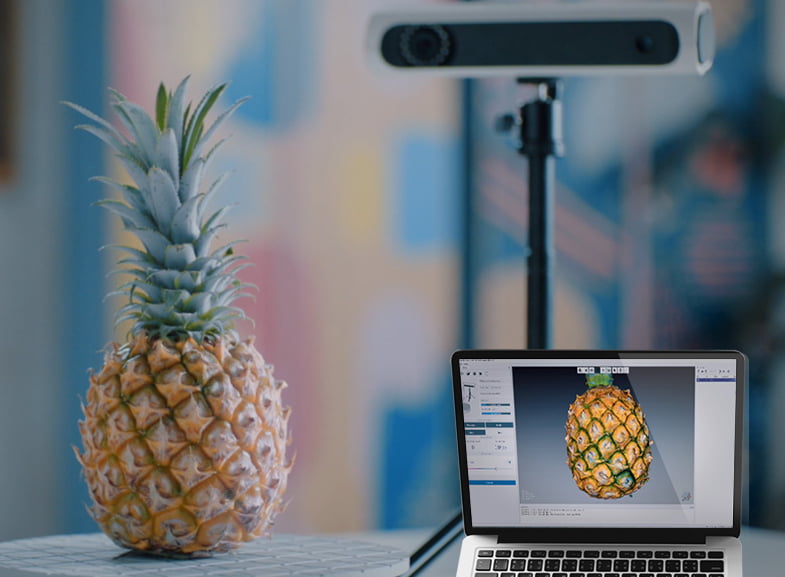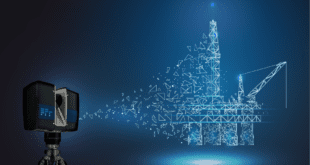The best 3D scanners in 2024 will offer a range of features and capabilities, catering to diverse user needs and preferences. 3D scanners, particularly the Creality CR Scan 01, Revopoint POP 3, Creality CR-Scan Lizard, and Creality CR-Scan Ferret. These scanners offer diverse features and cater to different user needs and preferences. Here’s an overview of some of the top 3D scanners highlighted in the search results:
Creality CR Scan 01

- Best Overall: This scanner is praised for its high fidelity, reasonable price, and support for 24-bit true color texture mapping without the need for markers. It offers both handheld and tripod mounting options.
- Specifications:
- Accuracy: Up to 0.1 mm
- Max scanning area: 378 x 536 mm
- Reasons to Buy: High levels of fidelity, reasonable price point, and color texture mapping.
- Reasons to Avoid: Potential difficulty in finding it at the recommended retail price.
Revopoint POP 3

- Best Handheld: This scanner is lauded for its portability, scan accuracy up to 0.05mm, and full-color scanning at 10 frames per second. It is ideal for quick hand-held scans and offers good value for money.
- Specifications:
- Accuracy: Up to 0.05 mm
- Max scanning area: 250 x 180 mm
- Weight: 195g
- Reasons to Buy: Good value for money, portable, and reasonable color mapping speed.
- Reasons to Avoid: Need to source own software solutions.
Creality CR-Scan Lizard

- Best for Most People: This scanner is highlighted for its versatility, offering handheld or table-based scanning without the need for marking points. It supports a wide range of scan dimensions and operates with LED and NIR light sources.
- Specifications:
- Scan dimensions: 15 x 15 mm up to 1500 x 1500 mm
- Accuracy: 0.05 mm
- Light source: LED, NIR
- Speed: 10fps
- Compatible: Windows 10 64-bit, MacOS
- Weight: 370g
- Reasons to Buy: No need for marking points, ability to scan black objects, and table or handheld modes.
- Reasons to Avoid: Additional cost for color functionality and turntable (select the right kit).
Creality CR-Scan Ferret

- Best Budget: This budget-friendly scanner offers reliable performance for 3D scanning. It supports scanning dimensions of 560 x 820 mm with an accuracy of 0.1mm and a speed of 30fps.
- Specifications:
- Scan dimensions: 560 x 820 mm
- Accuracy: 0.1 mm
- Light source: NIR
- Speed: 30fps
- Compatible: Windows 10/11, Android 11, macOS
- Weight: 105g
- Reasons to Buy: low price, reliability, and suitability for the job.
- Reasons to avoid: Not compatible with iOS; less accurate than pricier models.
These 3D scanners cater to different user requirements, offering a wide range of functionalities, accuracy levels, and price points to suit various budgets and applications.
FAQs
What is a 3D laser scanner?
A 3D laser scanner is a device that captures the shape of physical objects using a line of laser light. It creates a digital representation of the object in the form of a 3D model, which can be further processed for various applications such as reverse engineering, quality control, and documentation.
How does a 3D laser scanner work?
3D laser scanners work by emitting a laser beam onto the surface of an object and measuring the distance to the object’s surface based on the time it takes for the laser to reflect back. By scanning the laser across the object’s surface and capturing the reflected data, the scanner creates a point cloud, which is then used to create a 3D model.
What are the different types of 3D laser scanners?
There are various types of 3D laser scanners, including handheld scanners, tripod-mounted scanners, and stationary scanners. Handheld scanners offer flexibility and mobility, while tripod-mounted and stationary scanners provide stability and precision for larger objects or projects.
What are the applications of 3D laser scanners?
3D laser scanners are used in a wide range of applications, including industrial manufacturing, architecture, construction, healthcare, archaeology, and cultural heritage preservation. They are used for quality control, reverse engineering, documentation, prototyping, and various other purposes.
What are the key factors to consider when choosing a 3D laser scanner?
When choosing a 3D laser scanner, it’s important to consider factors such as accuracy, resolution, scanning speed, portability, compatibility with software, and the specific application requirements. Additionally, cost, support, and training should also be taken into account.
How do I process and use the 3D data obtained from a laser scanner?
The 3D data obtained from a laser scanner can be processed using specialized software to create accurate 3D models. These models can then be used for various purposes, including visualization, analysis, simulation, and additive manufacturing.
 Data Science in Digital Marketing Data Science in Digital Marketing: Mechanism Examples, Benefits Data Science Meets Digital Marketing Magic
Data Science in Digital Marketing Data Science in Digital Marketing: Mechanism Examples, Benefits Data Science Meets Digital Marketing Magic
